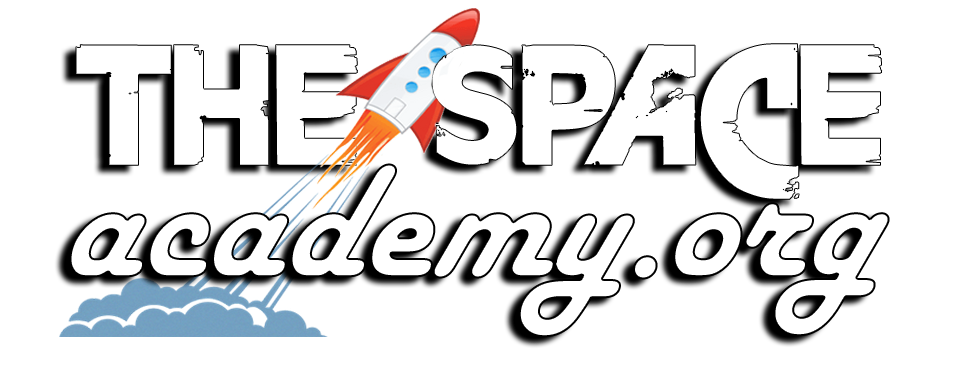An Epoch-Making Find on Kodiak Island
At the cusp of a groundbreaking discovery, archaeologists from the Alutiiq Museum have unearthed ancient weaving fragments in the vestiges of a sod house on Kodiak Island, Alaska.
This monumental find serves not just as a treasure for archaeology but extends the timeline of Alutiiq weaving practices by a staggering 2400 years.
The Significance of Weaving in Alutiiq Culture
Weaving is not just a practice but an integral part of the Alutiiq/Sugpiaq culture. Intricately linked with their heritage, it's a traditional art form that has spanned generations. Documenting this craft archaeologically poses significant challenges due to the frail nature of fiber artifacts.
The Context: Unearthing a Sod House in a Koniag Alutiiq Settlement
The ancient weaving fragments were excavated from a sod house, once a part of a Koniag Alutiiq settlement. The significance of this locality cannot be overstated. Kodiak Island has been continuously inhabited by the Alutiiq/Sugpiaq people for over 7,500 years, marking it as a rich archaeological landscape. The Alutiiq have shared ancient ancestry with other coastal groups like the Unangan/Aleut and Yup’ik, as evidenced by similar cultural traditions.
Carbon Dating and the Collapse of the Sod House
The scientific approach in analyzing the findings was rigorous. Carbon dating techniques indicate that the sod house, located near Karluk Lake, was abandoned approximately 3,000 years ago. Not only does this provide us with an accurate timeframe of the settlement, but it also offers invaluable insights into the weaving practices of that era.
An Open Weave Technique: A Peek into Millennia-Old Practices
The woven fragments revealed an open weave technique, a previously undocumented method in the history of Alutiiq weaving. The technique may have had functional or cultural relevance, and its discovery suggests the existence of a potentially diverse array of weaving practices within Alutiiq society.
Extending the Canvas of Knowledge
This exceptional discovery propels the understanding of Alutiiq weaving into an entirely new realm. It expands the existing body of knowledge by an additional 2400 years, enabling scholars, researchers, and enthusiasts alike to delve deeper into the intricate tapestry of ancient Alaskan traditions.
A New Chapter in Uncovering the Ancient Alutiiq World
With the unearthing of these weaving fragments, archaeologists from the Alutiiq Museum have added a seminal chapter to the history of this ancient people. As we continue to piece together the complex puzzle of human history, this discovery stands as a compelling testament to the rich and diverse cultural landscape of ancient Alaska. It not only enlightens us about the past but also broadens our horizons, encouraging us to ponder what other secrets lie beneath the soil, waiting to be discovered.

